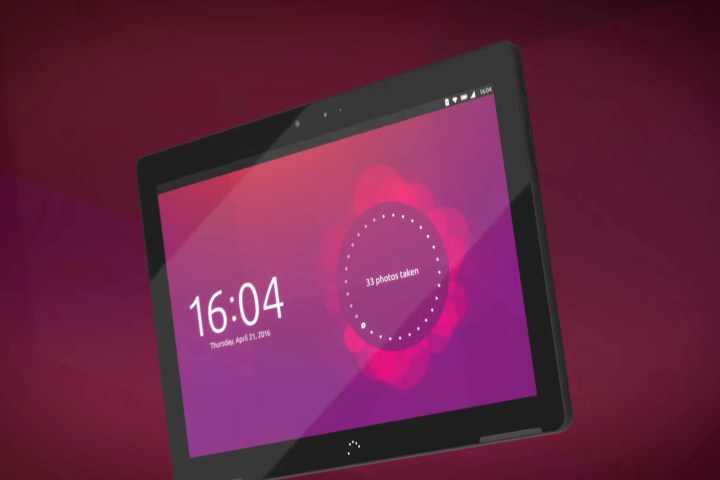
The tablet, called the Aquaris M10, is made by BQ and is available in either a HD or full HD version, costing $290 or $335 respectively.
Ubuntu Linux is an open-source software made by Canonical, and one of its main draws as a tablet is that it allows you to switch between using a mobile device, or a desktop computer, when you plug in an external display, keyboard, and mouse.

As you may have guessed, the two tablets are differentiated based on their display resolution. They both have a 10.1-inch screen, however the full HD version features a 1,920 x 1,200 pixel display, while the HD version has a resolution of 1,280 x 800.
Apart from the resolution, the tablets are the same. They offer 16GB of storage, of which 4.8GB is taken up by the operating system. However, however there is a microSD slot so you can increase the storage on your device.
Under the hood is a 1.5GHz MediaTek quad-core MT8163A processor, accompanied by 2GB of RAM. A rear-facing camera is found on the back of the device, coming in at 8MP, while a 5MP front-facing camera is present for video-chats and selfies.
Sure, the Aquaris M10 isn’t the most highly-specced device on the market, but it certainly has a lot to offer for the price. It might be just what you need if you’ve been looking for a Linux-based mobile device besides Android that can function as a fully-featured computer.
The new device is an important release for Canonical. The company has been talking about mobile-PC convergence for a while now, but we haven’t seen anything official until now. Hopefully this will serve as the first of many Ubuntu mobile devices.



